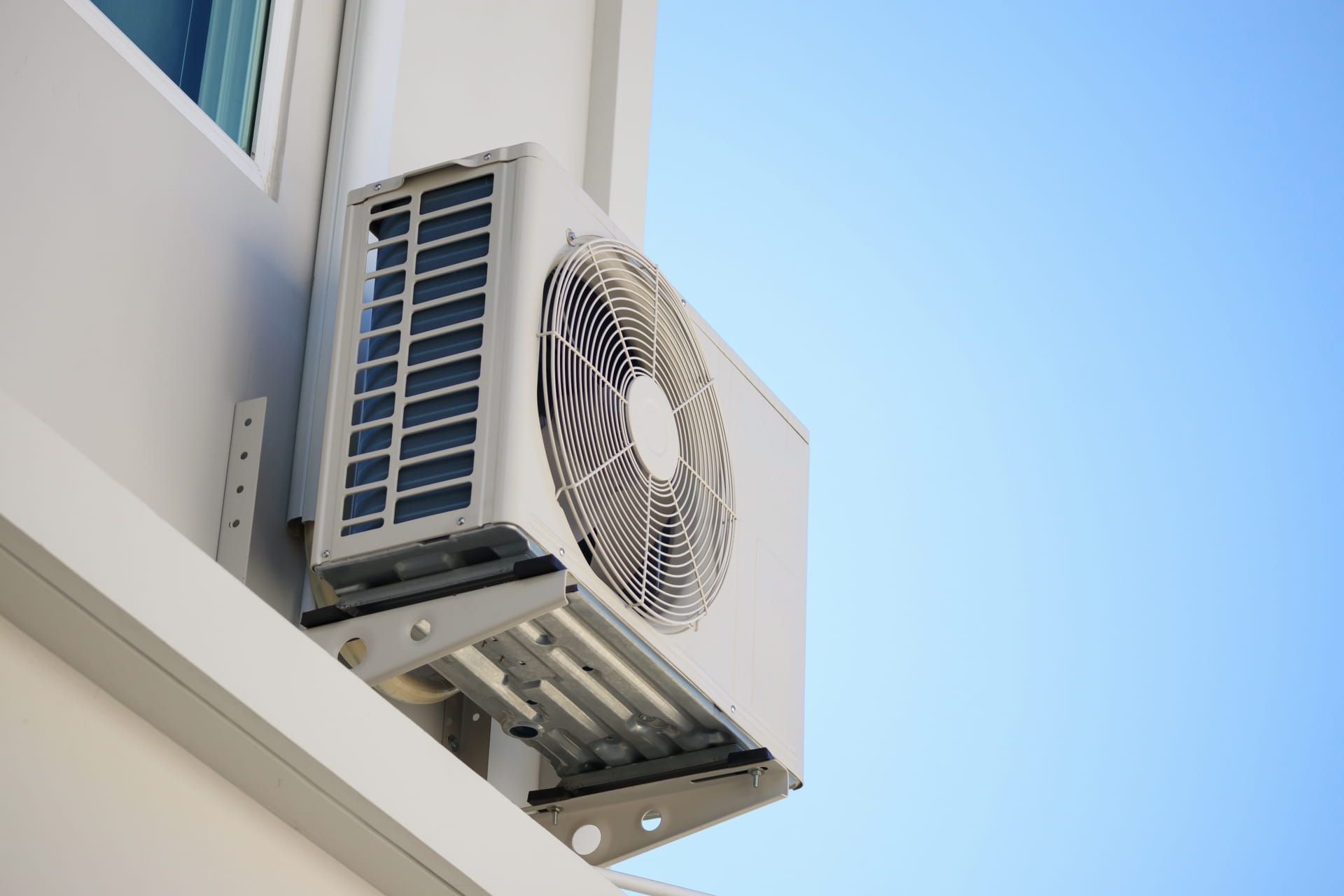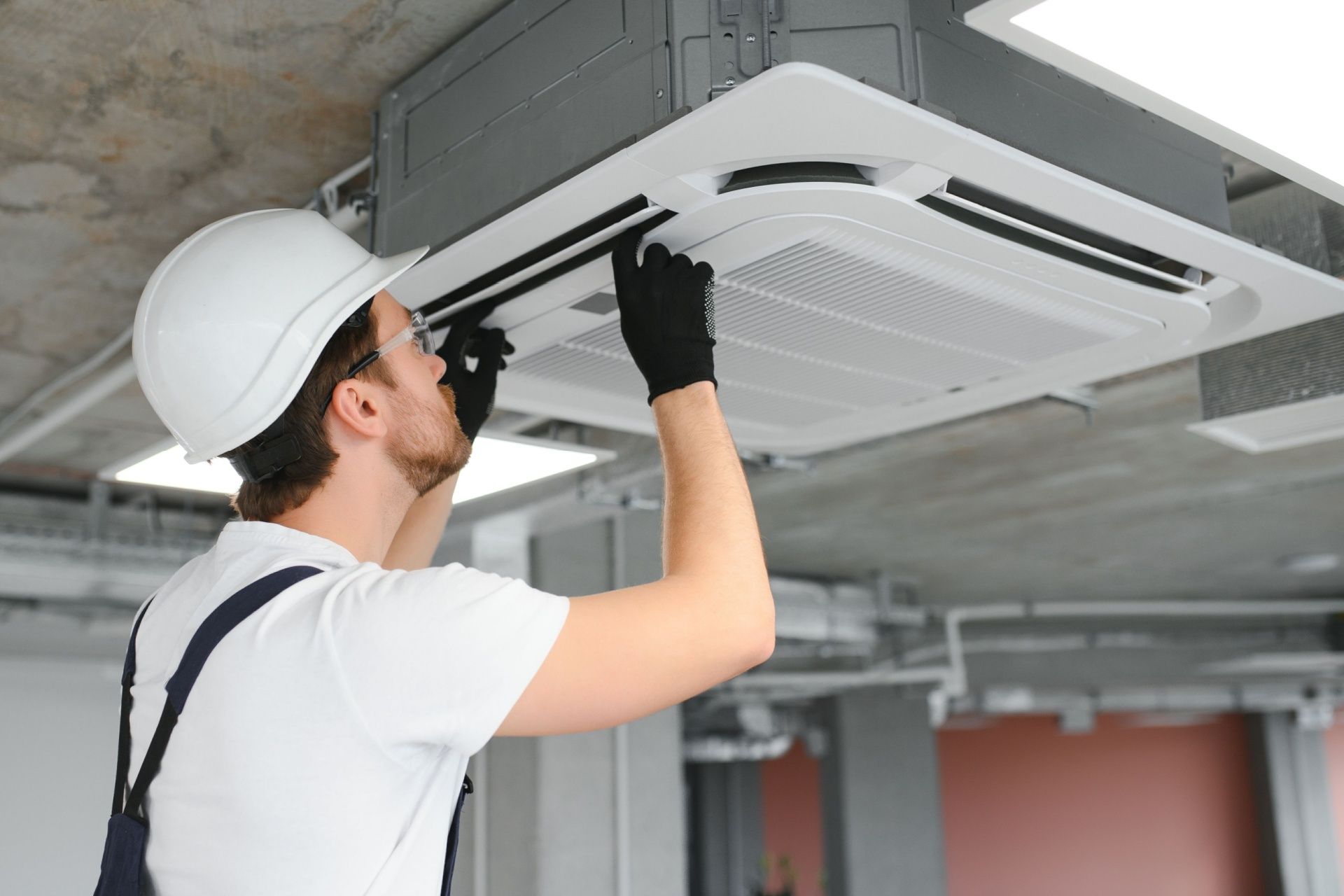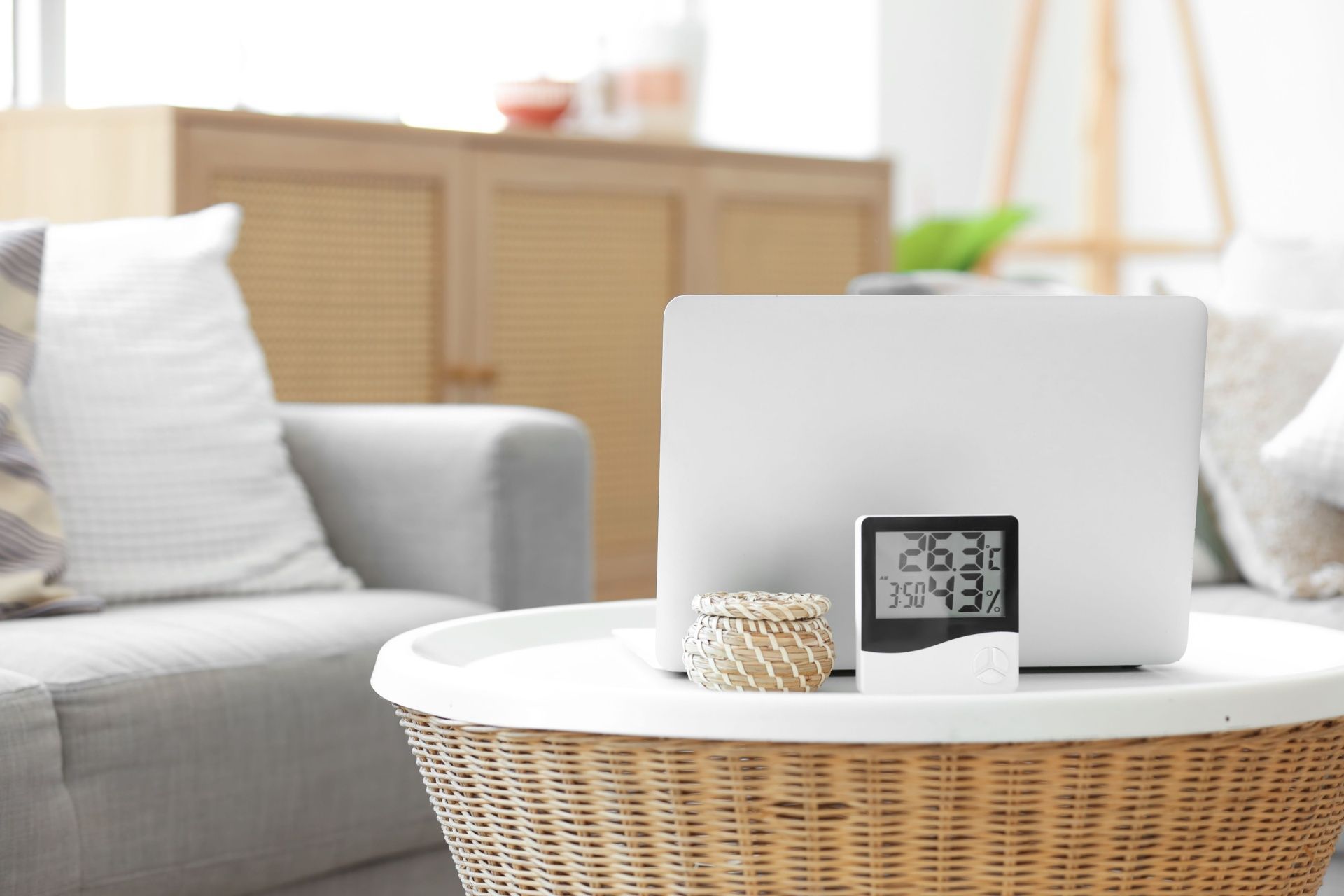What Is a Ductless HVAC System?

When it comes to heating and cooling your home, there are many options to choose from. One popular and energy-efficient choice is the ductless HVAC system. These systems are becoming more common in homes across the country because they offer comfort, flexibility, and savings. But
what exactly is a ductless HVAC system, and how does a ductless HVAC system work?
In this article, we’ll break down everything you need to know in simple terms so you can decide if it’s the right choice for your home.
What Is a Ductless HVAC System?
A ductless HVAC system, also known as a ductless mini-split system, is a heating and cooling unit that doesn’t require ductwork like traditional systems. Instead of using big air ducts that run through your house, it uses small units placed inside the rooms you want to cool or heat.
These systems include two main parts:
- An outdoor unit – This sits outside your home and contains a compressor and condenser.
- One or more indoor units – These are mounted on the walls inside your home and blow warm or cool air directly into the room.
The outdoor and indoor units are connected by small pipes that carry refrigerant, which helps move heat in or out of your home depending on the season.
How Does a Ductless HVAC System Work?
Understanding how a ductless HVAC system works is easy once you know the basics. Here’s how it works:
- In the summer, the system takes heat from inside your home and moves it outside, keeping your rooms cool.
- In the winter, it does the opposite—it takes heat from the air outside and brings it inside to warm your rooms.
This process is powered by electricity and refrigerant, and it’s done very efficiently. The indoor unit blows the air directly into the room, so there’s no need for air to travel through long ducts. This helps keep your energy bills lower and your home more comfortable.
Key Benefits of a Ductless HVAC System
Let’s look at some of the main reasons homeowners are switching to ductless HVAC systems:
1. Energy Efficiency
Ductless systems use less energy than traditional HVAC systems. Because they don’t use ductwork, there’s no energy loss through leaks in the ducts. This makes them more efficient, which can help lower your monthly electric bill.
2. Easy Installation
Since there are no ducts to install, these systems are much easier and faster to set up. Most ductless systems can be installed in just a day or two.
3. Zoned Comfort
With a ductless system, you can control the temperature in individual rooms or zones. This means one person can keep their room cool while another room stays warm. It’s perfect for families with different comfort needs.
4. Quiet Operation
Ductless systems are very quiet. The noisy part (the compressor) stays outside, and the indoor units are designed to run quietly, making them great for bedrooms or home offices.
5. Space-Saving Design
The indoor units are slim and modern-looking. They can be mounted high on a wall and won’t take up floor space, making them ideal for small rooms or apartments.
6. Improved Air Quality
Many ductless HVAC systems come with advanced filters that help remove dust, pollen, and other allergens from the air. This helps improve the air quality in your home and can be great for people with allergies.
Where Can You Use a Ductless HVAC System?
A ductless HVAC system is a great solution for many different situations, such as:
- Older homes with no existing ductwork
- Home additions or garage apartments
- Basements or attics
- Sunrooms
- Small homes or apartments
Because they are flexible and easy to install, ductless systems can be used in almost any space.
Types of Ductless HVAC Systems
There are different types of ductless systems to choose from depending on your needs:
1. Single-Zone Systems
This system has one outdoor unit and one indoor unit. It’s perfect for heating or cooling a single room or small space.
2. Multi-Zone Systems
This setup connects one outdoor unit to multiple indoor units. Each indoor unit can be controlled separately, making it ideal for whole-house comfort with individual room controls.
Are There Any Downsides?
Like any system, ductless HVAC units do have a few downsides:
- Upfront cost: Ductless systems can cost more to install than traditional units, especially for multi-zone systems. However, the energy savings often make up for the initial cost over time.
- Maintenance: The filters in the indoor units need to be cleaned regularly. Luckily, this is a simple task that most homeowners can do themselves.
- Aesthetic look: Some people may not like the look of the indoor units on their walls. However, there are different styles available to suit different tastes.
Ductless HVAC System vs. Central HVAC System
Let’s quickly compare ductless and central HVAC systems:
| Feature | Ductless HVAC System | Central HVAC System |
|---|---|---|
| Ductwork Required | No | Yes |
| Installation Time | Short | Long |
| Zoning | Easy with separate controls | Harder without upgrades |
| Efficiency | High | Depends on duct condition |
| Cost | Higher upfront, lower bills | Lower upfront, higher long term |
Is a Ductless HVAC System Right for You?
A ductless HVAC system is a great option if you want energy savings, room-by-room control, and a fast installation process. It’s especially useful in homes without existing ductwork or in places where it’s hard to add new ducts.
If you’re building a new addition, converting a garage or basement, or just want a more efficient way to heat and cool your home, a ductless HVAC system could be the perfect solution.
Final Thoughts
Now that you understand what a ductless HVAC system is and how a ductless HVAC system works, you can see why so many homeowners are making the switch. These systems are efficient, easy to use, and give you more control over your home’s comfort.
Whether you’re updating an old house or planning a new project, a ductless system is worth considering.
Ready to enjoy year-round comfort with a ductless HVAC system? Contact GNV Heating and Air Conditioning today to learn more!
FAQs: Ductless HVAC System
What is a ductless HVAC system?
A ductless HVAC system, also known as a mini-split system, consists of an outdoor unit and one or more indoor units connected by refrigerant lines. Unlike traditional systems, it doesn't require ductwork, making it ideal for homes without existing ducts or for retrofitting older homes.
How does a ductless system work?
The outdoor unit houses the compressor and condenser, while the indoor unit contains the evaporator. Refrigerant circulates between them, absorbing heat from inside and releasing it outside in cooling mode, or vice versa in heating mode.
What are the benefits of a ductless system?
Energy Efficiency: Ductless systems are more energy-efficient than traditional systems, often reducing energy costs by 30% or more.
Zoned Comfort: Each indoor unit has its own thermostat, allowing for personalized temperature control in different areas.
Easy Installation: Installation is typically quick and minimally invasive, requiring only a small hole for the conduit.
Quiet Operation: Indoor units operate quietly, making them suitable for bedrooms and offices.
Can a ductless system heat and cool my home?
Yes, many ductless systems are heat pumps, providing both heating and cooling. This makes them versatile for year-round comfort.
How long do ductless systems last?
Ductless mini-split systems typically last between 10 to 15 years, with 20 years or more being realistic with proper maintenance and efficient usage, especially for high-quality units.
Disclaimer: The information on this website and blog is for general informational purposes only and is not professional advice. We make no guarantees of accuracy or completeness. We disclaim all liability for errors, omissions, or reliance on this content. Always consult a qualified professional for specific guidance.







